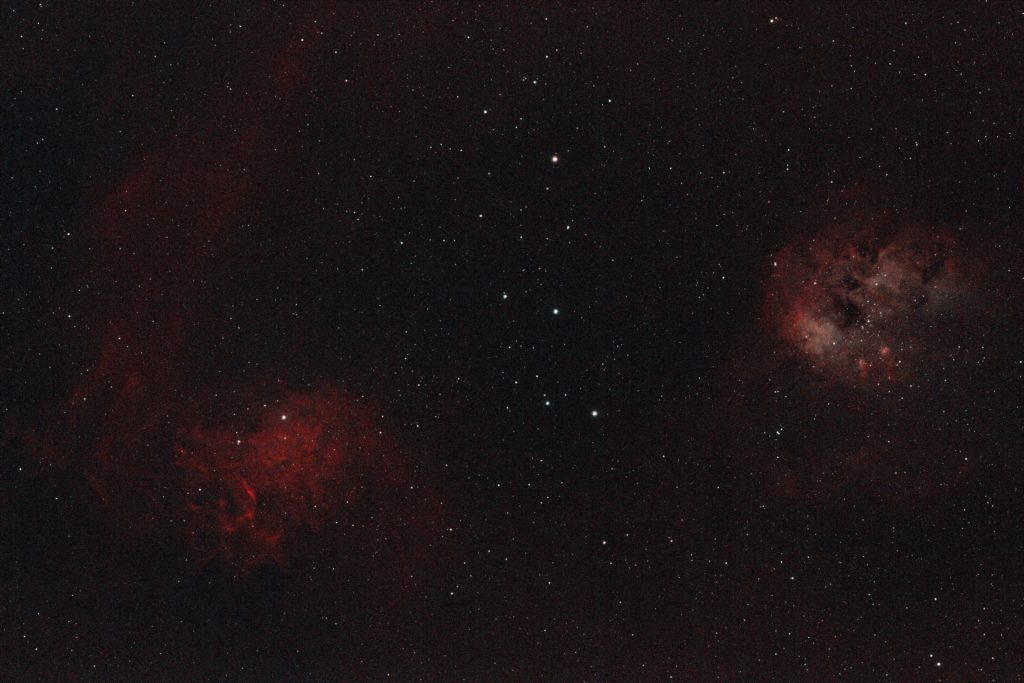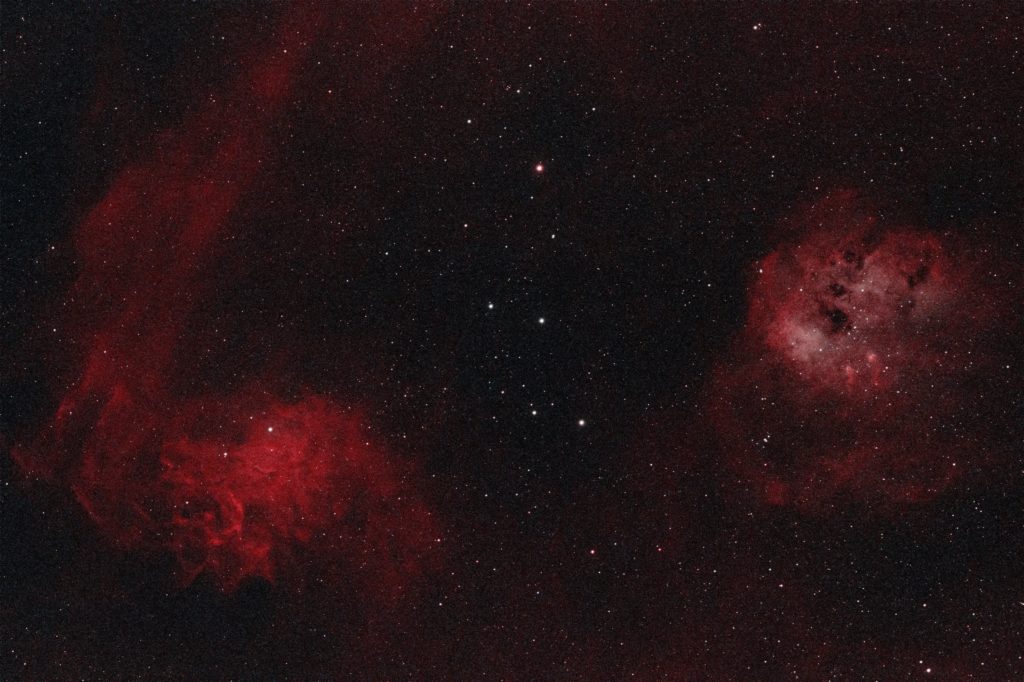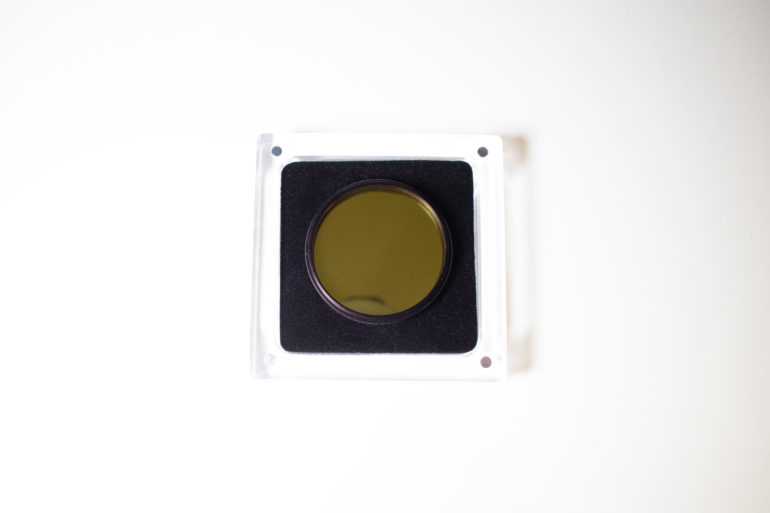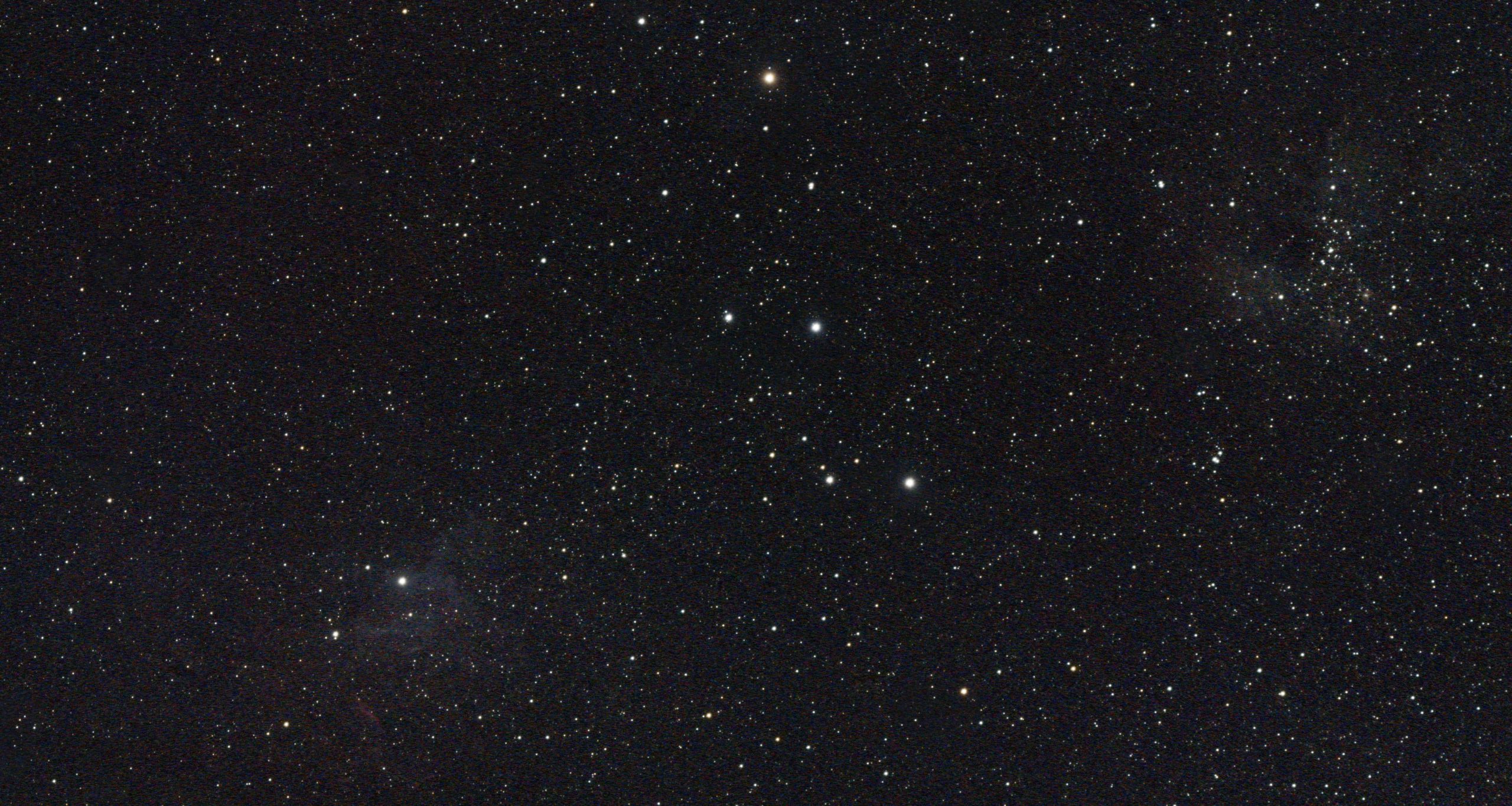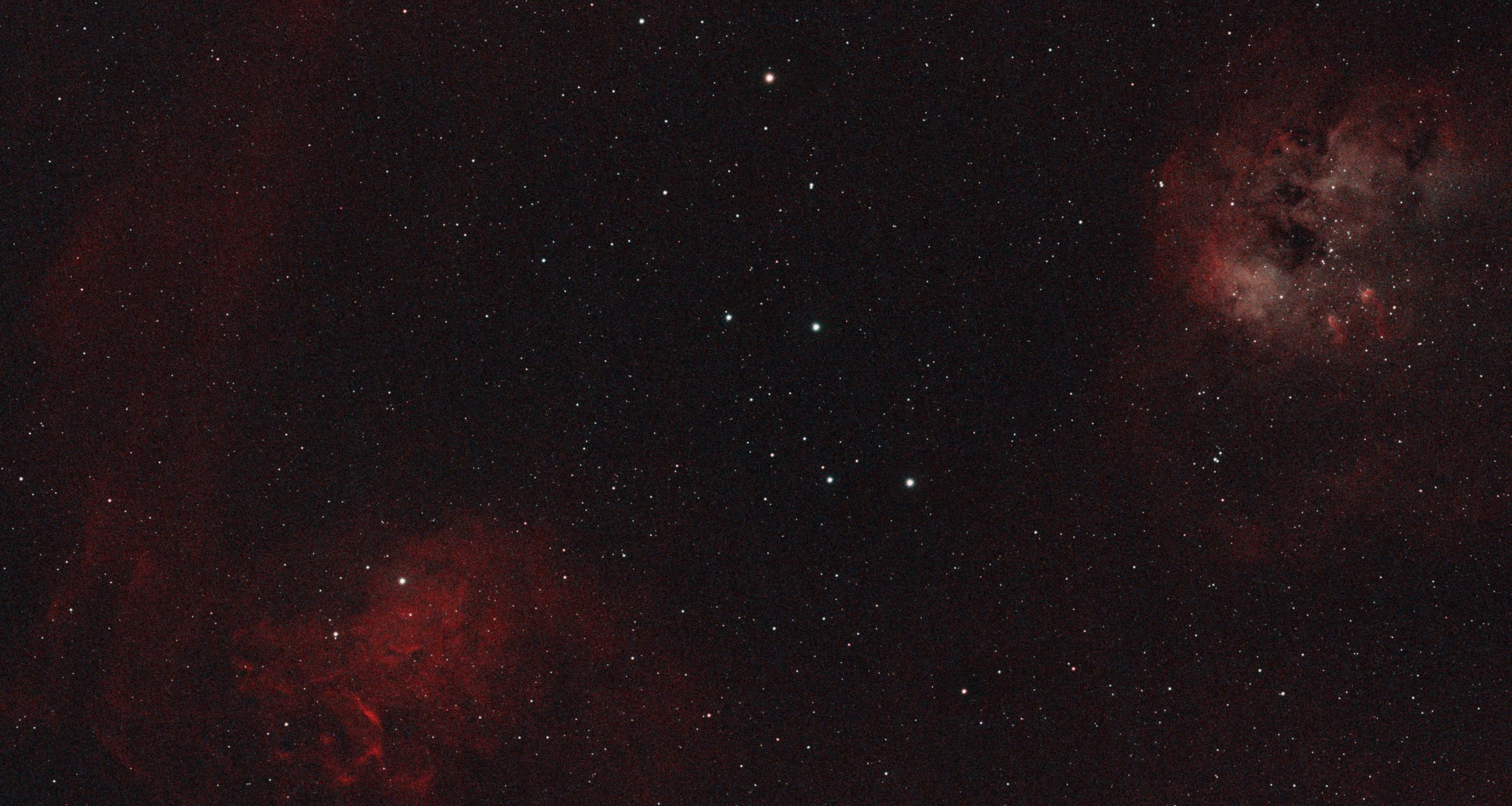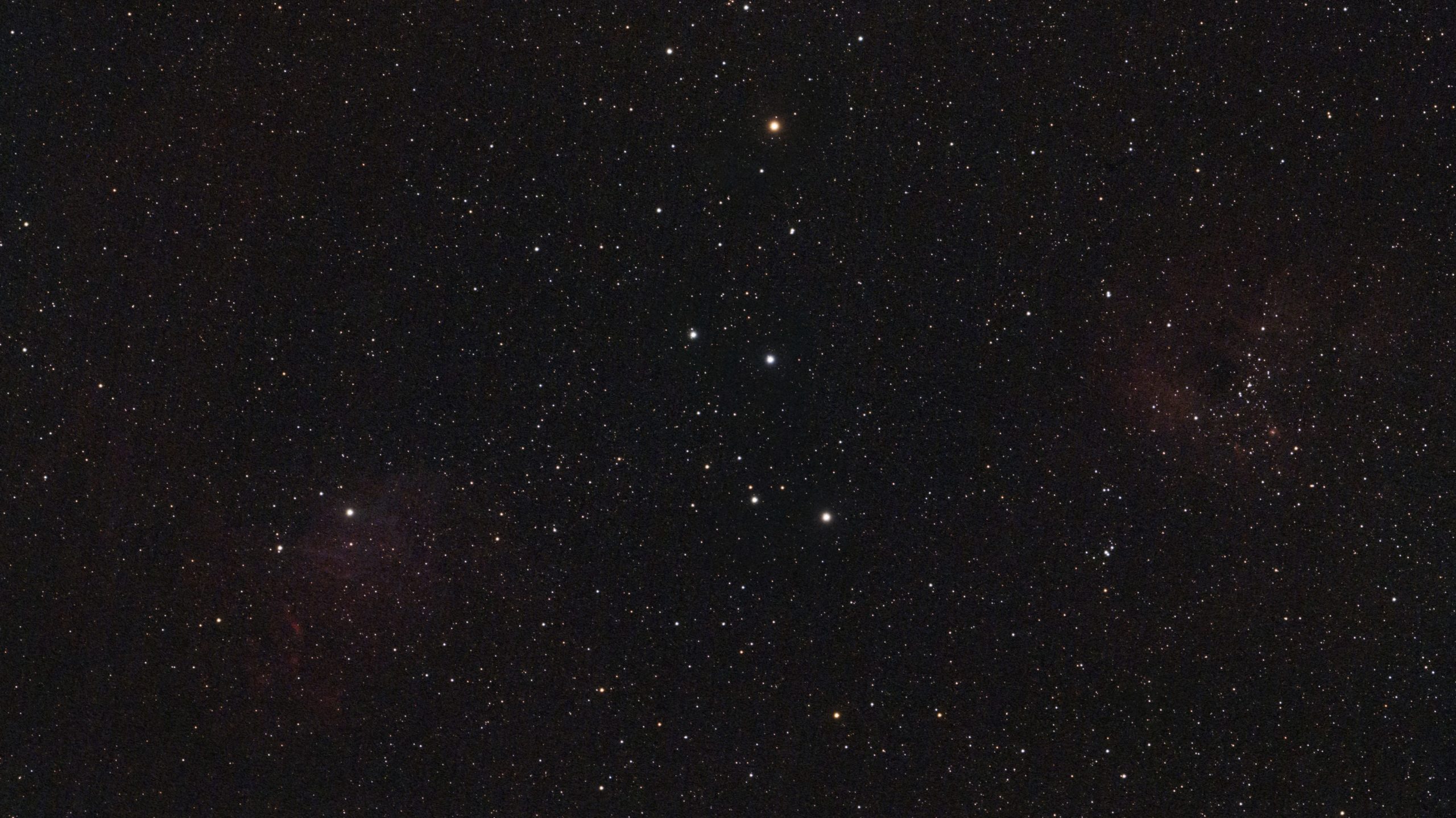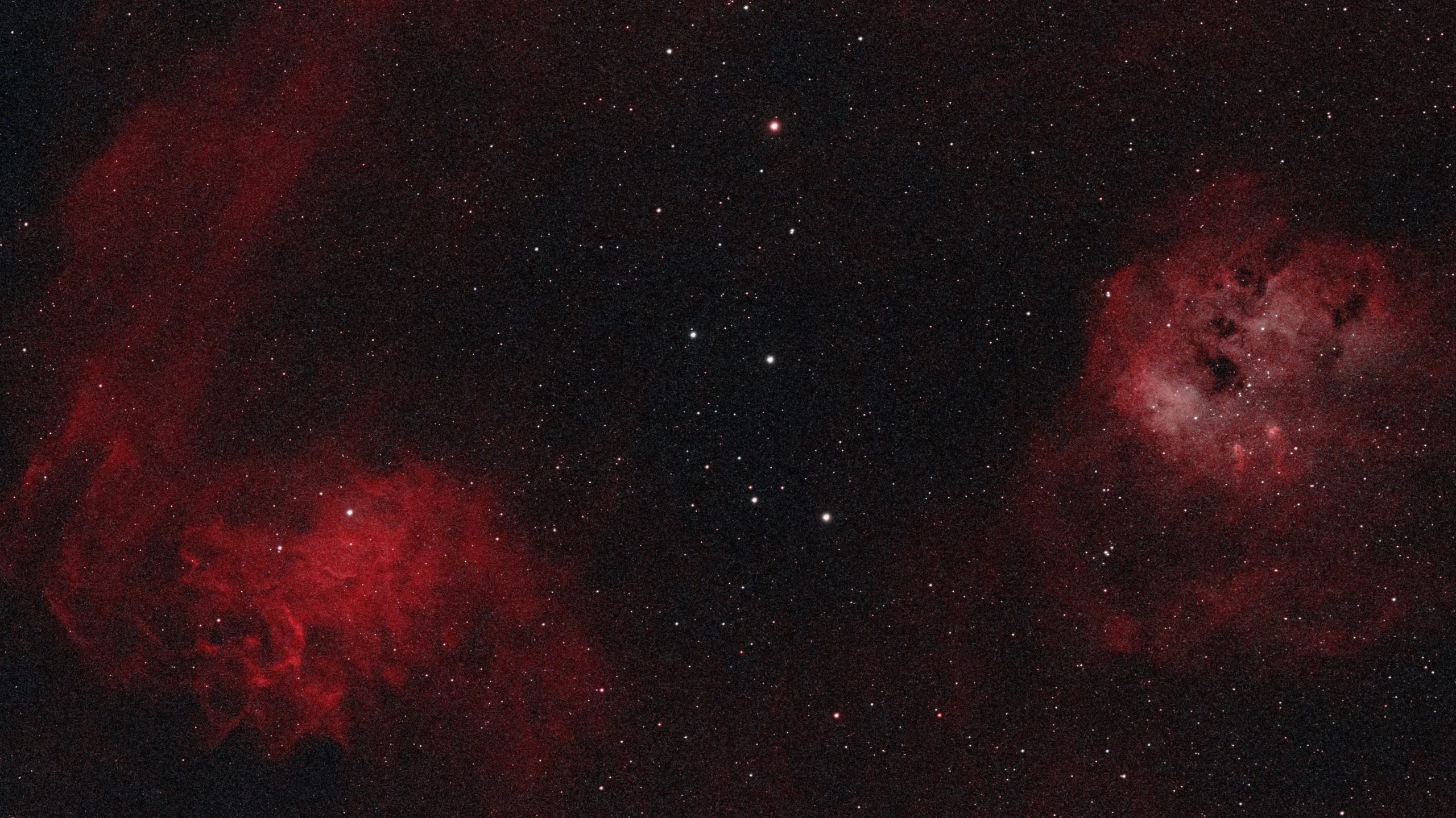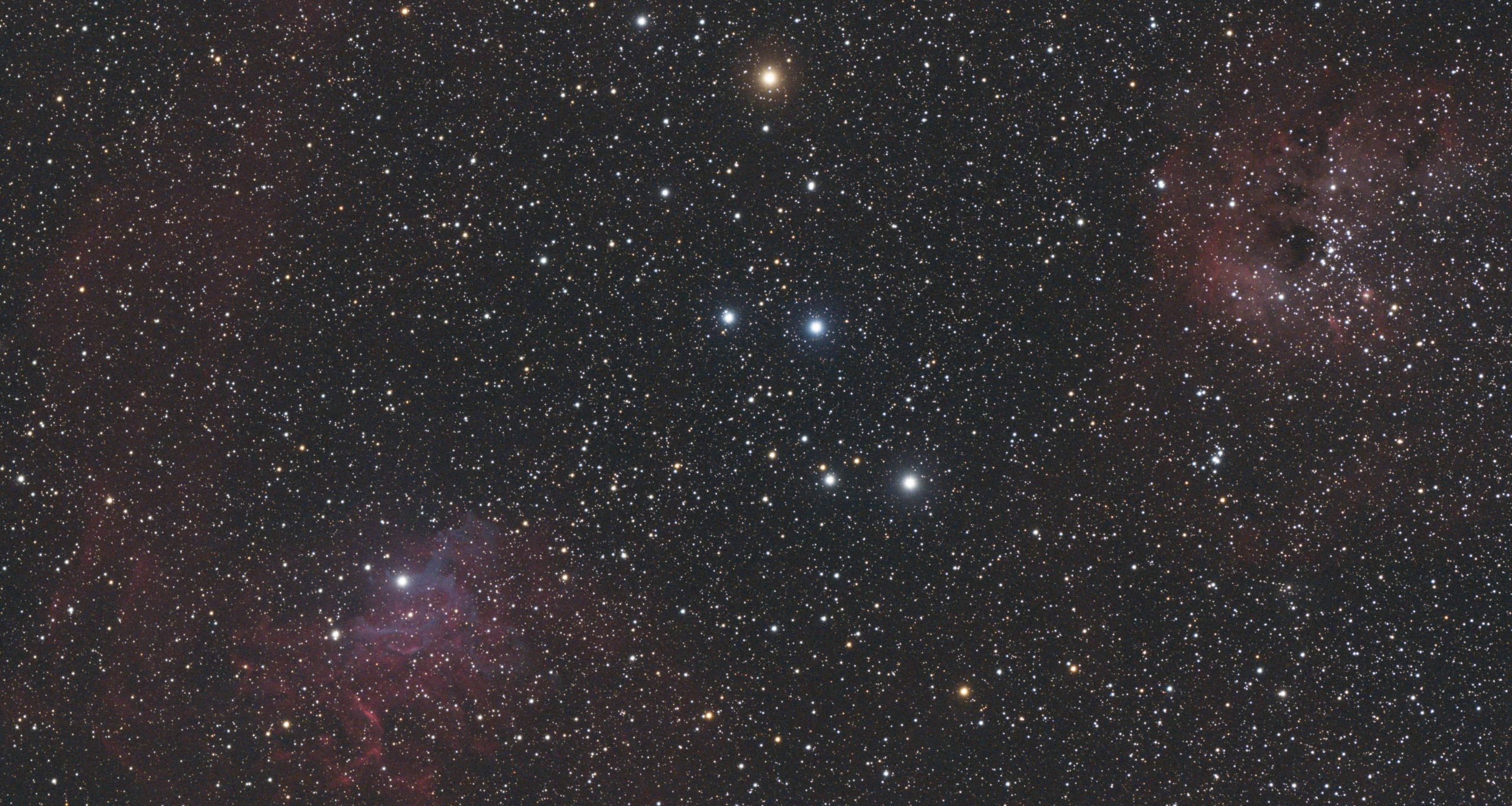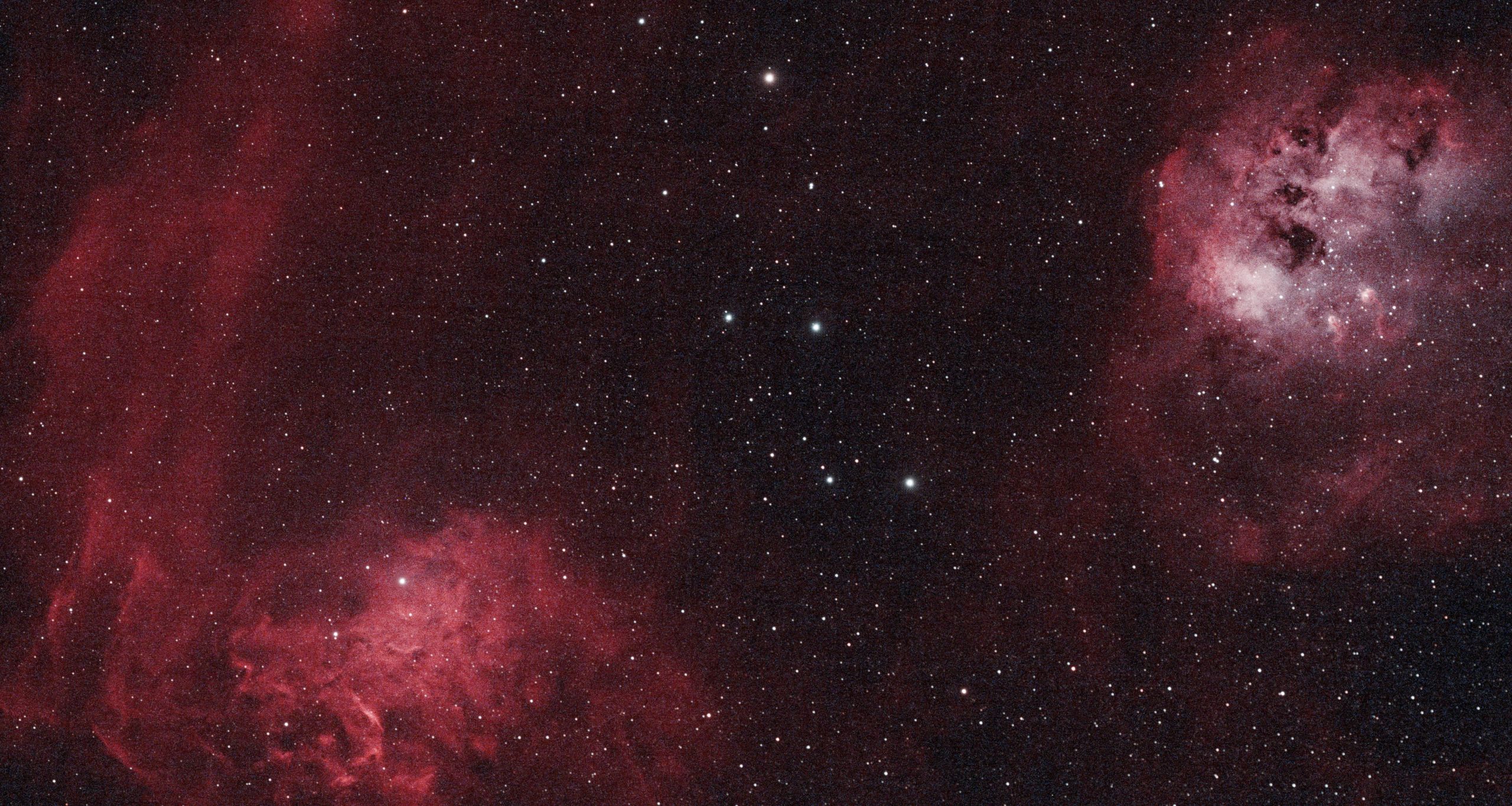Formats
- 2″ Mounted (48mm thread)
Spectral Transmission
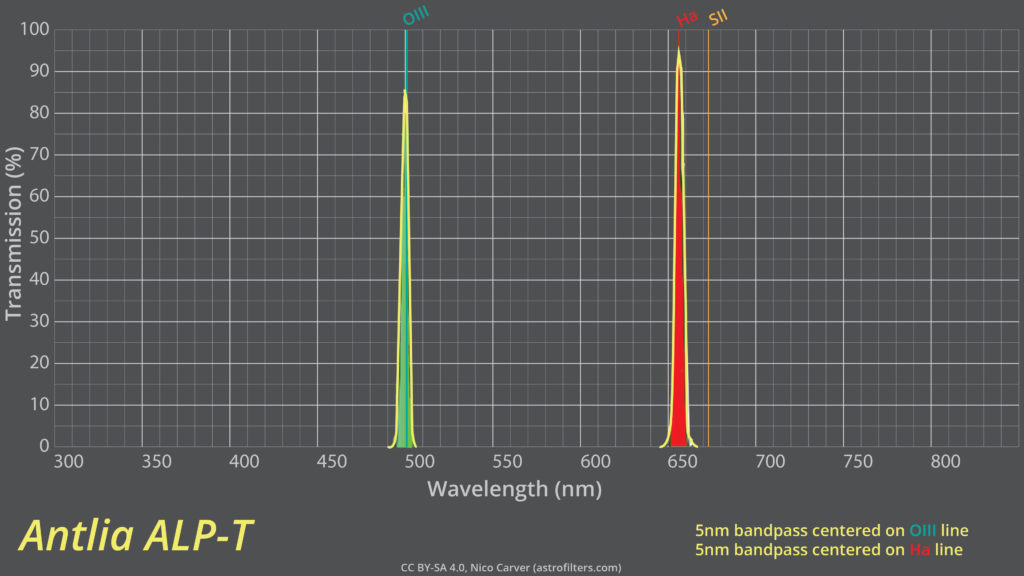
Physical Characteristics of 2″ Filter
- Filter mount thickness: above threads: 5.02mm; including threads: 7.2mm
- 48mm threads with 0.75mm spacing
- Minimal knurling only on top
- Dual bandpass narrowband filter
- Inner retaining ring does have notches for easy filter disassembly with a spanner
- Width of the glass filter without the filter mount is 46.46mm
Real World Tests
